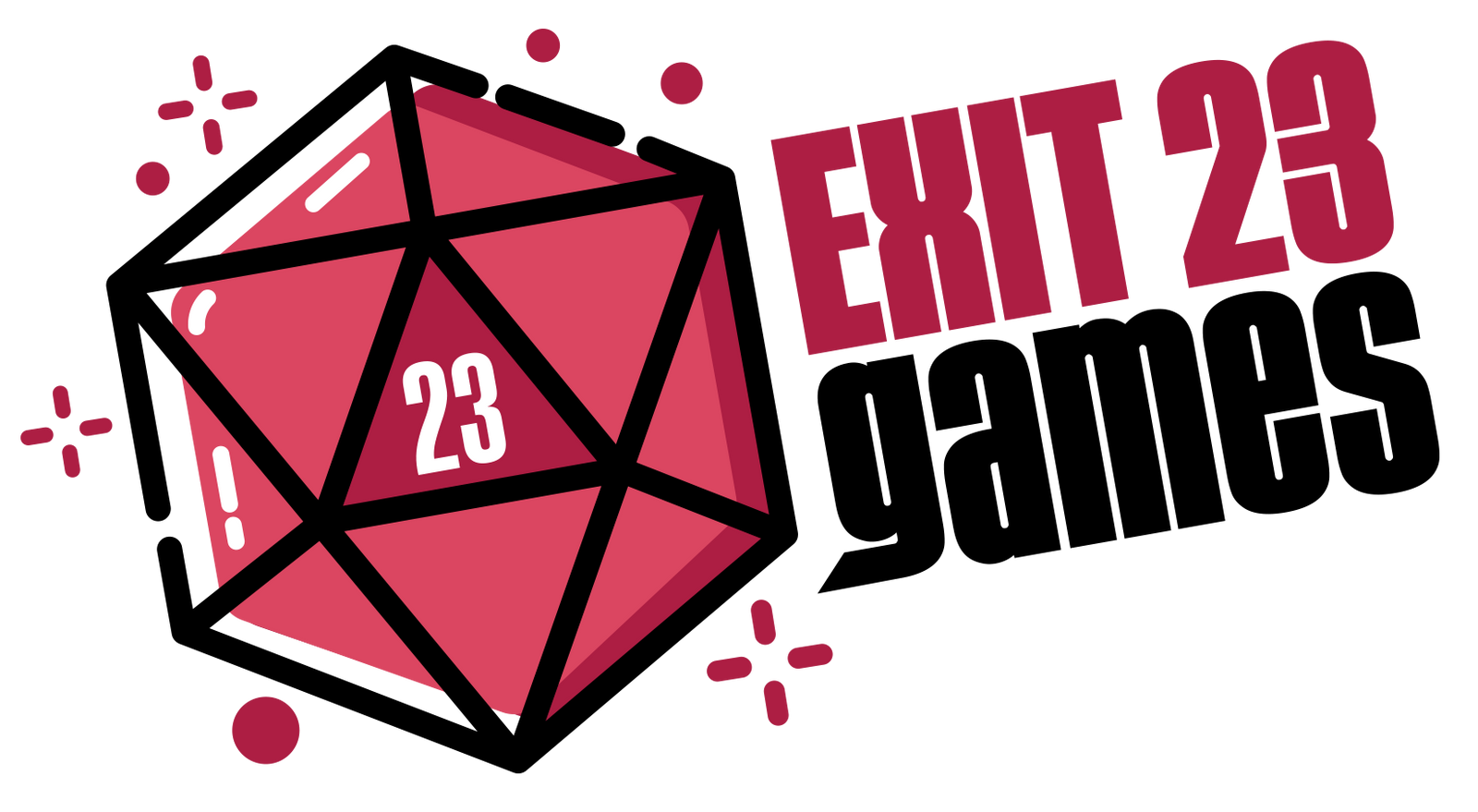When talking about tactics in Blood Bowl we often divide teams up into four categories: Bashers, Agility, Hybrids, and Stunties. Each of these categories tend to have fairly consistent qualities that determine the approach to how they should play the game to succeed. For Bashers, we generally find slower teams with higher strength, armour and blocking ability, but with less effective ball handling skills and lower movement and mobility; and for agility teams the opposite is generally true. Hybrids can generally play either style depending on their opponent, while with Stunties anything goes! As with any broad category there are many nuances and variations within those groups, but for players looking to start out and understand the solid basics of play for their team, this approach works well.
In this article we are going to look at the fundamentals of offensive play for the two most prolific and polarised types: Bashers, and Agility teams.
Bash teams
For bashers, offense starts and ends with caging. Why? Because this is the undisputed safest method for slower and harder-hitting teams to move the ball downfield, and the most likely to play to your strengths and create opportunities to damage your opponent while you make your score. Consequently your two most important offensive skills are successfully creating your cage, and successfully moving that cage down the field.
Creating the cage
The biggest threat to your gameplan is a deep kick and an opponent that can get between your front lines and your ball carrier before you can form your cage. That threat mainly comes from natural agility teams like Elves and Skaven, but also other teams with high movement players or ways of getting through your lines,e.g. Lizards or stunties. To that end, when we set up as a basher we need to keep sufficient players deep and covering the threat of a Blitz! (even the less dangerous BB20 version) and available to form around our ball carrier. This is easily done, but it means forgoing the temptation to put everyone on the LOS and block everything in sight. As a basher, sadly, sometimes damage must be passed up in the name of position.
In the example below the Orcs have a strong position with the cage established and a powerful front line able to threaten in multiple directions.

Note in the above example the cage has been created using our more mobile players while our stronger and slower ones are positioned up front. This gives us the best balance between safety and mobility in our cage while ensuring our hitters can focus on what they are best at. Depending on your particular team, and especially once you start to gain skills, you will need to vary your decision on who you use for each role.
Moving the cage
You will generally find two different defenses to a rolling cage. Stronger opponents will attempt to base you up and outblock you, keeping your players on the floor and unable to make blocks themselves. Agile opponents will try and step away and create screens that you cannot get through, slowing your advance to a crawl.
Regardless of opponent, your approach is largely similar. Wherever possible, your cage should be unmarked and unabased. The rest of your team’s job is to make the blocks and mark downed players so that your cage has the freedom to move into the space you create, and your opponent is unable to make counter-blocks and base the cage on their turn. You may have to use your Blitz action to peel a marker off part of the cage and keep everyone moving forward. If not, use your Blitz action to penetrate your opponent’s line and then follow up with other players to secure the space you create.
At some point, as you progress toward the endzone, and especially when the clock starts ticking, it is possible that you may be unable to maintain the cage or you may find a reason to break out of it. At this point you can transition to using a screen approach as your ball carrier breaks away. Ensure you retain flexibility in your offensive approach and do not become trapped in your own cage!
In the example below, the Lizards are in a looser cage but crucially have knocked down and marked up the prone players around it, making any counter-attack or practical defense extremely difficult. Their other strong players are marking the rest of the Chaos Dwarves to prevent them regaining the position.


With the Chaos Dwarves having few options but to stand up and block the markers away,, the Lizards switch out of the cage to a screen so that they can continue to use their strongest players to mark the Dwarves, control the field, and ensure the score.

Agility teams
Agility teams have a plethora of options for scoring, but almost all of them involve using screens as the primary formation that protects the ball and the key players as they move across the field. Screens are preferable to cages as spreading your players out plays to your agility and mobility by preventing your opponent from boxing you in, and forcing them to cover the whole field, which in turn creates space for you to strike where they are weakest and outmaneuver them.
Screens are generally deployed in layers, so that it is even harder for opponents to base you and restrict your movement even if they are able to penetrate the first layer. You can very easily make large areas of the field inaccessible to less mobile teams with carefully placed screens.
A common tactic along the above lines is to drag slower teams from side to side of the pitch, waiting for them to overcommit and then switching to the other side or other half of the field and using your greater mobility to screen them off.
The below examples show the above techniques in practice, with the elf team in each case threatening an attack down one side, and then, when the opponent has been forced to commit to stop them, switching the play to the other side of the field and using screens to prevent the opponent from both attacking the ball and re-establishing their defensive position.






Agility teams can either have a very fast and mobile ball carrier to execute their plays (a Gutter Runner or Wardancer for example) or have a dedicated Thrower sit deeper and wait for the moment to run or pass the ball forward. The latter approach works very well for teams like High Elves, who have excellent Throwers and Catchers but less movement on their players generally than other agility teams. You should consider your particular team’s build and your opponent’s ability to pressure the ball when you decide your approach.

Wrapping Up
Agility teams have an unrivalled ability to exercise flexibility on offense and to make dynamic plays by using the space on the field and the movement of their players. They can score fast or slow and change plans depending on game state or the limitations of their opponent.


Leave a comment (all fields required)